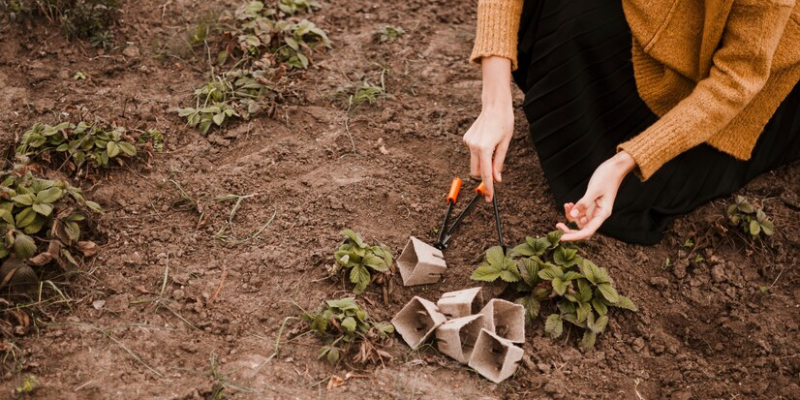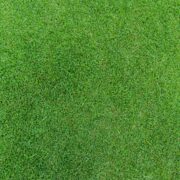Kicking off the growing season in spring with the right mulching techniques is highly critical. To allow for faster soil warming and promote plant growth, remove any pre-existing mulch. Then, create a fresh layer of organic mulch composed of such things as compost, shredded leaves, or straw around your plants. This will keep moisture in the soil and stop weed proliferation when your garden comes to life again.
Spring Mulching: Preparing for Growth
Protecting your garden from losing moisture becomes significant in summer because the temperatures go up and evaporation increases. To insulate the soil and reduce water loss by evaporation apply a thick layer of mulch usually between 2-4 inches deep. Summer season recommends using wooden chips or grass clippings that decompose gradually feeding valuable nutrients into the ground thereby acting as organic mulches. Make sure you soak your garden properly before putting on top layers of such organic matter.
Summer Mulching: Beating the Heat
Fall applies to fall when the temperature drops while plants respond by preparing themselves for winter dormancy then this is the time when fall mulching helps protect the yard against harsh seasons ahead. Thickly pile on some mulch that will help in insulating the soil before it freezes and reverse change in temperatures occur during first freezing period. Among other things, consider heavy mulches like straw; they are good against frost heave as well as erosion due to running away soils, especially from slopes. Winter weeds become dormant during this season so it is also advisable that such weeds should be suppressed now by applying sustainable nutrient supplies through covering them with both natural and artificial materials.
Fall Mulching: Preparing for Winter
Mulching during winter is necessary to safeguard garden roots which may freeze or get damaged by frosts, knowing that winters seem inactive for gardening purposes’. Create an insulation coat around 4-6 inches deep by putting a little bit more than half a foot of any type of sprinkling grounds including anything from leaves to sawdust etc., to prevent rockiness caused by ice expansion after being swollen due to low-term warmth. If the mulch is dense enough, which could be made from straw or hay or even evergreen boughs, it will provide shelter against cold air. Soil fertility and structure are maintained through winter mulching hence ensuring that everything will be fine once spring comes.
Winter Mulching: Shielding from the Cold
When choosing mulch for your garden, there are factors such as moisture retention, weed suppression, and aesthetic appeal that must be taken into account. Breaking down materials like compost and pine needles have nutrients to offer soil while gravel and rubber mulching have long-lasting weed control capacities.
The depth of mulch around trees and shrubs should range from 2-4 inches, while around flowers and vegetables, it should be between 1-2 inches. Refrain from piling up deep layers very close to plant stems as this can lead to rotting hence disease development; instead, create a small space separating plant base from the organic covering so that some fresh air goes through.
By following these seasonal mulching tips, you can ensure that your garden remains healthy, vibrant, and productive year-round. Whether you’re preparing for spring growth, beating the summer heat, or protecting your garden from winter chill, mulching is the key to a flourishing garden ecosystem.














Comments